电动汽车的充电习惯
时间:11-08
来源:互联网
点击:
曾经一直在寻找电动汽车充电习惯方面的研究,一直没有很好的收获。这次在IWC的11年8月底的会议之中,有一个是描述《Customer Charging Behavior》Morgan Davis—Infrastructure Working Council -August 30, 2011。这个研究的具体的内容,大家可以自己去细看,不过一些东西这里需要挑出来。
以前看到的很多的美国人每日行驶距离,其数据来源于《Summary of Travel Trends: 2009 National Household Travel Survey》PDF 和XLSX,在NHTS的网站上有着不少的参考资料和论文,感兴趣的可以看看。所有的充电习惯的研究,其实是基于汽车驾驶习惯之上的,这张图应该比较原始。
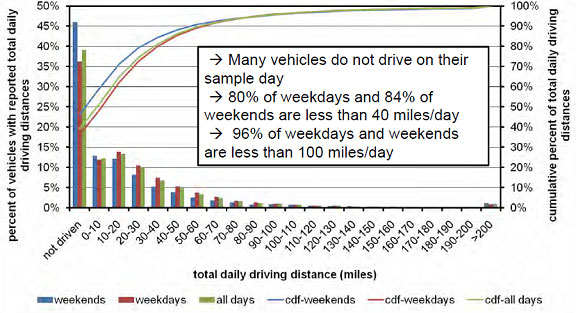
在确定了这个参数以后,其实是很有意义的数据。确定汽车停在哪里,其实也是一个很重要的数据,在下面这张图里头,给出了一部汽车的时间分配的统计数字。
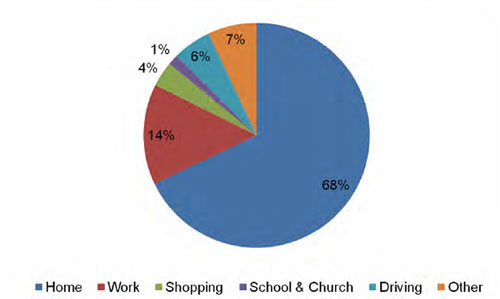
然后在文件之中,进行了方法的介绍,主要研究不同的模式对于充电设施与车的关系,包括充电功率、充电模式和功率负荷等图形,具体不摘录了,以一图为例:
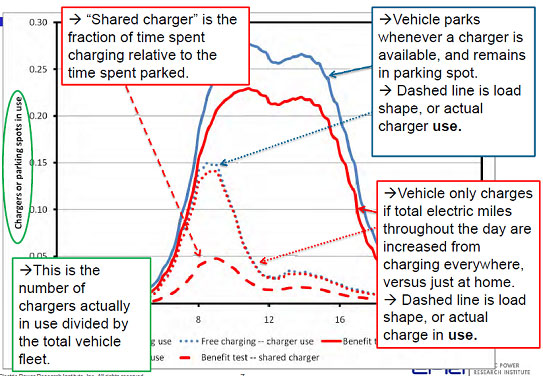
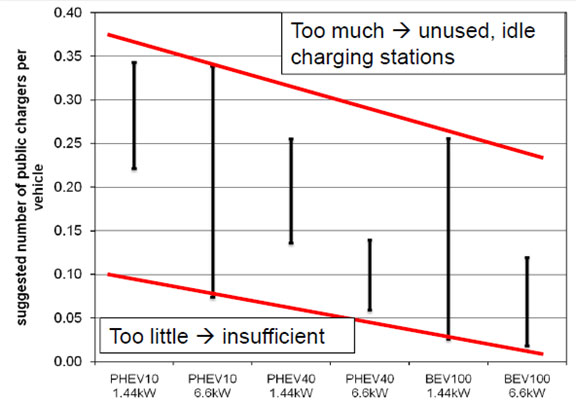
结论:
Short driving distances generally mean small charging needs.
纯电动汽车的局限,使得PHEV和EREV会发展较快,这些车对于充电基础设施的依赖度要小很多。
Shared charger model may be ideal for non-BEV vehicles.
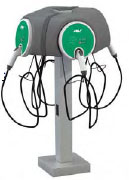
这种多头充电机,其实是共享一定的电流的,照这样的结论,对于电池较小的PHEV和EREV而言是有很大意义的,投资电力设施上比较便宜并节约了空间。
Vehicles generally are parked much longer than they actually charge. This decreases the charger utilization and prevents others from needing it.
传导式充电必然的缺点,你很难人为去转移充电车位的插头。即使是无线充电,也仅仅有些改善。
Applying some “cost” to charging has the most drastic reduction in charger use, and increase in charger utilization.
免费和不免费,这个问题太naive!!!!
For some vehicles, it does not matter what the availability of charging is, needs still will not be met. This is where fast charging becomes necessary.
快充的价值,其实想都能想得出来。
Increased charger utilization may provide better business case models for EVSE ownership (work in progress…)
EVSE的投资,看上去还是很光明的。
其他可以参考的文档:
1.《Travel behaviour of potential Electric Vehicle drivers._The need for charging.》
A contribution to the Edison project
Linda Christensen1, Anders Vedsted N?rrelund, Allan Olsen——DTU Transport, Danish Technical University
2. 《An Assessment of the Price Impacts of Electric Vehicles on the PJM Market
》A joint study by PJM and Better Place
Stephen J. Schneider a, Rob Bearman a, Hugh McDermott a, Xu Xu b, Scott Benner b, and Ken Huber b
3. 《Electric Vehicle Behaviors: Adoption and Charge Times》
Patricia Thompson, JD、Tom Osterhus, MS/MBA, PhD、Duke Energy Evaluation Manager
以前看到的很多的美国人每日行驶距离,其数据来源于《Summary of Travel Trends: 2009 National Household Travel Survey》PDF 和XLSX,在NHTS的网站上有着不少的参考资料和论文,感兴趣的可以看看。所有的充电习惯的研究,其实是基于汽车驾驶习惯之上的,这张图应该比较原始。

在确定了这个参数以后,其实是很有意义的数据。确定汽车停在哪里,其实也是一个很重要的数据,在下面这张图里头,给出了一部汽车的时间分配的统计数字。

然后在文件之中,进行了方法的介绍,主要研究不同的模式对于充电设施与车的关系,包括充电功率、充电模式和功率负荷等图形,具体不摘录了,以一图为例:


结论:
Short driving distances generally mean small charging needs.
纯电动汽车的局限,使得PHEV和EREV会发展较快,这些车对于充电基础设施的依赖度要小很多。
Shared charger model may be ideal for non-BEV vehicles.

这种多头充电机,其实是共享一定的电流的,照这样的结论,对于电池较小的PHEV和EREV而言是有很大意义的,投资电力设施上比较便宜并节约了空间。
Vehicles generally are parked much longer than they actually charge. This decreases the charger utilization and prevents others from needing it.
传导式充电必然的缺点,你很难人为去转移充电车位的插头。即使是无线充电,也仅仅有些改善。
Applying some “cost” to charging has the most drastic reduction in charger use, and increase in charger utilization.
免费和不免费,这个问题太naive!!!!
For some vehicles, it does not matter what the availability of charging is, needs still will not be met. This is where fast charging becomes necessary.
快充的价值,其实想都能想得出来。
Increased charger utilization may provide better business case models for EVSE ownership (work in progress…)
EVSE的投资,看上去还是很光明的。
其他可以参考的文档:
1.《Travel behaviour of potential Electric Vehicle drivers._The need for charging.》
A contribution to the Edison project
Linda Christensen1, Anders Vedsted N?rrelund, Allan Olsen——DTU Transport, Danish Technical University
2. 《An Assessment of the Price Impacts of Electric Vehicles on the PJM Market
》A joint study by PJM and Better Place
Stephen J. Schneider a, Rob Bearman a, Hugh McDermott a, Xu Xu b, Scott Benner b, and Ken Huber b
3. 《Electric Vehicle Behaviors: Adoption and Charge Times》
Patricia Thompson, JD、Tom Osterhus, MS/MBA, PhD、Duke Energy Evaluation Manager
- 电动汽车:颠覆性的快速充电与非接触充电技术(09-20)
- 电动汽车的基本概述及重要组成(10-28)
- 矢量控制变频器在混合动力电动汽车中的应用(01-27)
- 基于CAN总线的电动汽车控制系统设计(05-25)
- 电动汽车驱动系统中的超级电容原理(05-21)
- 动力电池管理系统硬件设计技术(05-30)
